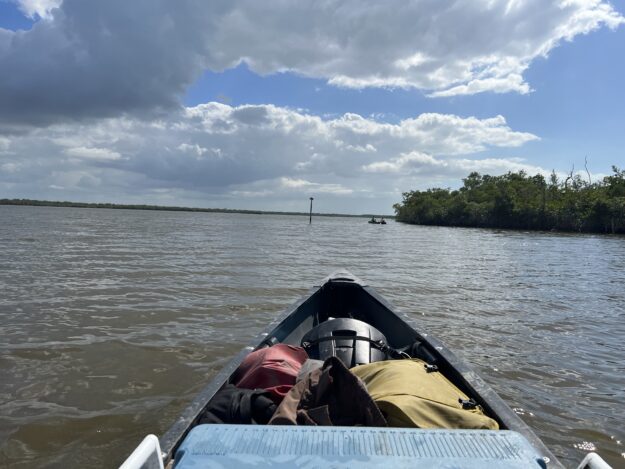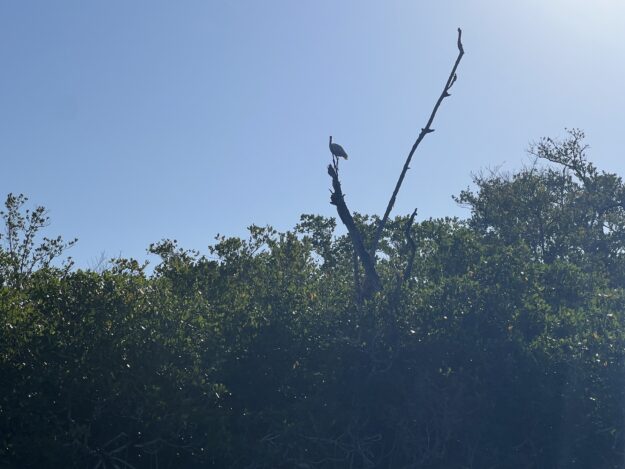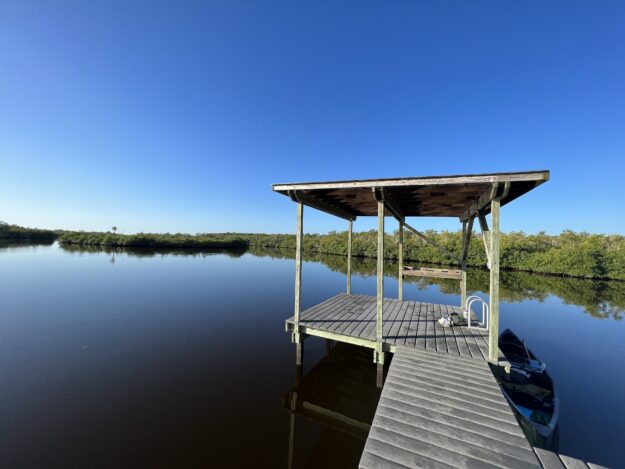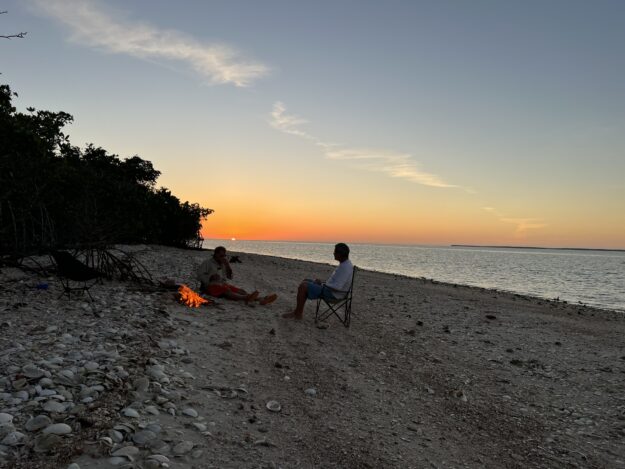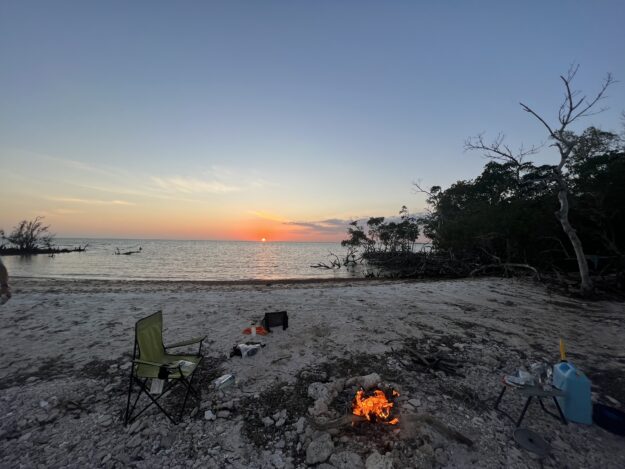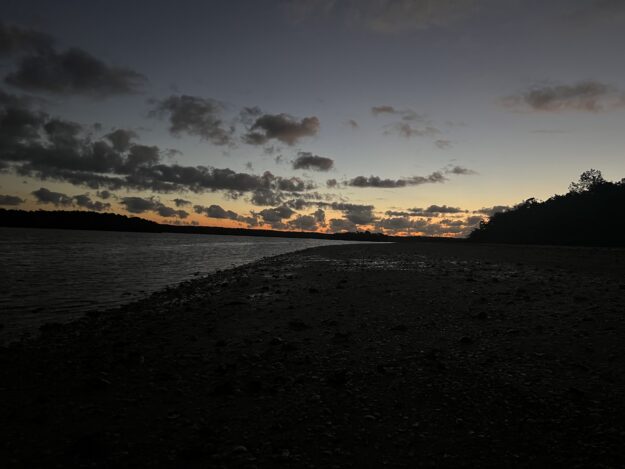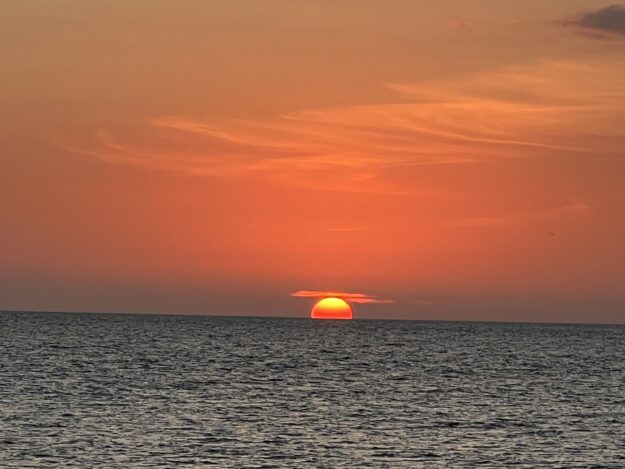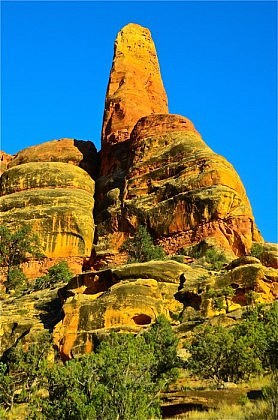Spring in Yellowstone is an experience not to be missed! Early season wildflowers are springing up, the days are starting to feel warm with pleasant cool evenings, and the wildlife is starting to move as the snow recedes in the higher country. Northern Yellowstone National Park is the perfect place to immerse yourself in the changing seasons. Sitting on the central northern boundary of Yellowstone National Park is the beautiful high country of the Buffalo Plateau with its adjacent valleys, creeks, and the Black Canyon of the Yellowstone River. To the north of the Park, we will have sweeping views of the Absoroka and Beartooth Mountains. Flowing into Yellowstone NP from the north, Hellroaring Creek and Coyote Creek cut through the landscape to join with the Yellowstone River. Above these two creeks rises the Buffalo Plateau which is one of seven plateaus found within the Park. The open valleys and hillsides make for easy spotting of Grizzly and Black Bear, Wolf, Elk, Deer, Coyote, Pronghorn, Bison, and the array of bird life.


The Big Wild Route in this part of the Park begins at the Blacktail Creek TH and we will follow Blacktail Deer Creek as we make our way to the Yellowstone River where we will cross the River on a bridge and you will feel like you have left civilization far behind. The trail will then follow the Yellowstone to our first night’s camp right on the banks. After an evening wildlife stroll, the sound of the Yellowstone will put you to sleep. Your first full day in Yellowstone begins by continuing along the Yellowstone River towards Hellroaring Creek confluence as we spot for bear, elk, wolf, and bison in the rich valley. After enjoying the open meadows and hillsides of the lower Buffalo Plateau, our journey continues into the Hellroaring Creek valley for another streamside campsite below Hellroaring Mountain. Day three begins along Hellroaring Creek as we make our way to our next beautiful Yellowstone Valley in Coyote Creek. Today is the day we start to gain some elevation and with elevation comes the bigger views. After a 1,000-foot climb, we will be in Coyote Creek Valley for the night where we will again look for bear, wolf, and bison. An afternoon hike to a high viewpoint on Bull Mountain will get you excited for bigger views as we climb the Buffalo Plateau the next morning. The creek theme of the week holds at this campsite as we listen to Coyote Creek lull us to sleep on our third night.

Coffee up on morning four as today is our climb up the Buffalo Plateau to our high camp! Once again, you gain altitude and grand sweeping views of the Yellowstone River Valley below as we climb up the Buffalo Plateau. Gaining 1,800 feet is the agenda for the day but when you set your pack down in the late afternoon, you will be glad you put in the effort. We will follow the Poacher Trail out of Coyote Creek and out of Yellowstone Park into the Custer Gallatin National Forest for our climb. As we approach our camp for the night, we will cross back into Yellowstone National Park. Our camp for night 4 and 5 on the Plateau sees very little use and gives you a feeling of true remoteness as you sit just a mile from the boundary with the Custer Gallatin National Forest. Sleep sound on the Buffalo Plateau, you earned it! Since you put in the effort to climb up into this beautiful high country, we might as well spend some time exploring all we can.


Day five is a layover/day hike day. A short day hike will take up the morning and the early afternoon and we will look for wildlife, enjoy the views and the interesting geologic features that are exposed on the Plateau. Late afternoon naps, reading, photograph sessions, meditation and general backcountry relaxation will end our last full day on the Buffalo Plateau.


Day six comes with some morning sadness as we will be leaving the safety of the Yellowstone Backcountry and reintegrate ourselves into polite society. Before we make the switch though, we will descend from the Buffalo Plateau towards the Yellowstone River Valley below and you will see in full view before you the area you traveled during the first few days. We will once again be looking for wildlife and dodging bison as we finally arrive at a suspension bridge spanning the Yellowstone River. From the bridge you can stand over the Yellowstone and see the power of the spring snowmelt pushing through the canyon and start to think about another Big Wild Adventure in Yellowstone. One last climb out of the Yellowstone Valley to our ending trailhead at Hellroaring Creek Trailhead will make you feel like you really earned that post trip meal you’ve been dreaming about. Sadly, we must drive back to Bozeman to drop you at the hotel but hopeful that your time on the Buffalo Plateau and in Yellowstone National Park will reenergize you for whatever you are headed back to.
The Northern Yellowstone/Buffalo Plateau area of Yellowstone National Park is one of our favorite places to travel into and we hope that you will join us June 17-22, 2024, for our yearly trek!
